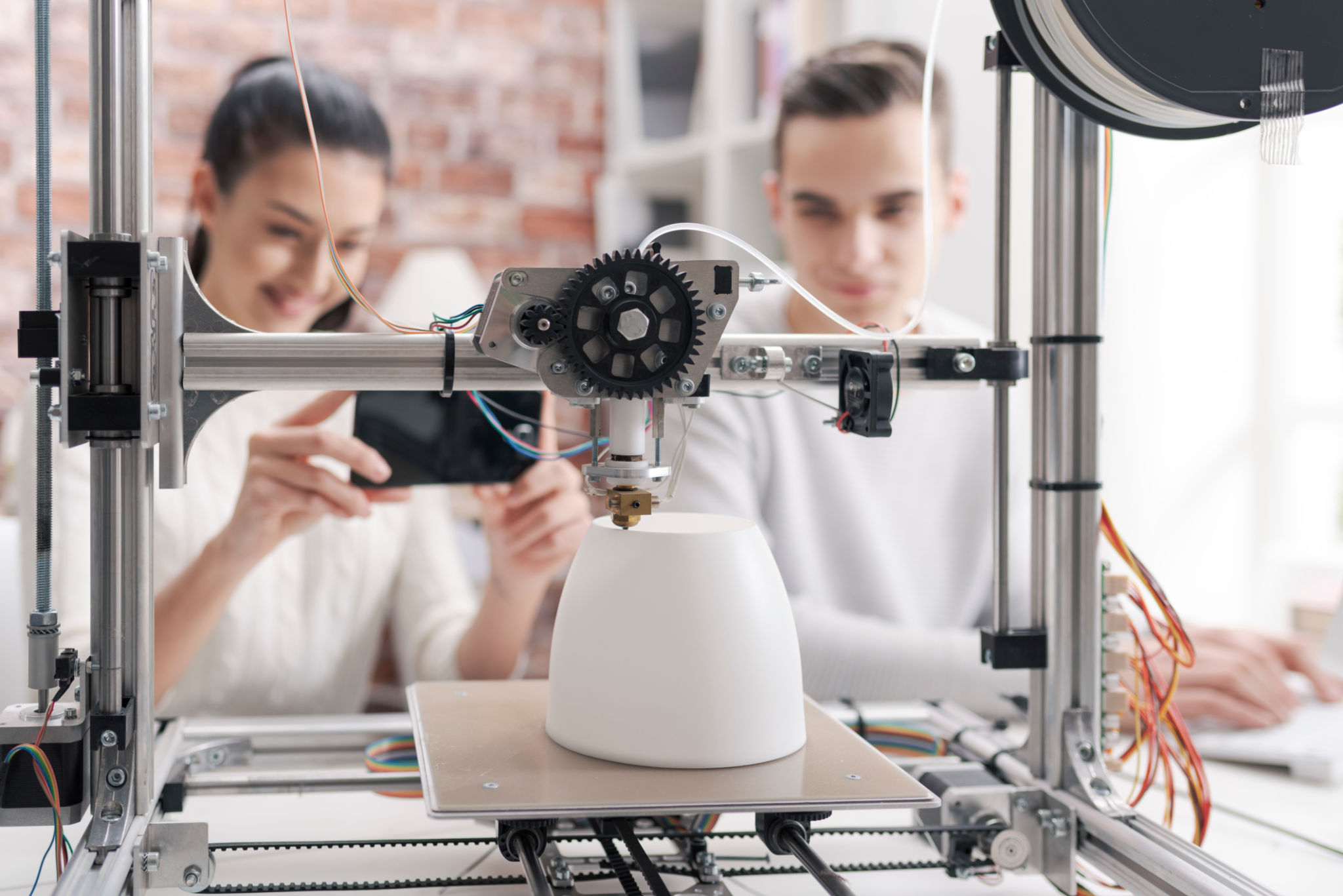The Perfect Product Presentation: Leveraging 3D Printing for Impact
Understanding the Power of 3D Printing
In an age where innovation is key, 3D printing has emerged as a revolutionary technology, transforming how businesses showcase their products. By allowing the creation of tangible models from digital designs, 3D printing opens up new possibilities for product presentation, enabling companies to make a more significant impact on their audience.
3D printing offers a unique way to bring concepts to life in a matter of hours, providing a level of detail and accuracy that was previously unattainable. This ability to quickly prototype and iterate on designs has made it an invaluable tool for industries ranging from automotive to fashion.

The Benefits of 3D Printing in Product Presentation
One of the primary advantages of using 3D printing for product presentations is its ability to create highly customized samples. With traditional manufacturing methods, creating a bespoke product can be time-consuming and costly. However, 3D printing allows for quick adjustments and personalization, ensuring that each presentation piece is perfectly tailored to its audience.
Moreover, 3D printing enables companies to generate realistic models that help potential customers visualize the final product. This tactile experience can significantly enhance customer engagement and understanding, leading to more informed purchasing decisions.

Enhancing Creativity and Innovation
3D printing fosters creativity by allowing designers to explore complex shapes and intricate details that would be impossible or cost-prohibitive with traditional manufacturing methods. This freedom empowers companies to push the boundaries of design and innovation, resulting in unique and captivating products.
Additionally, because 3D printing reduces the limitations associated with tooling and setup costs, businesses can experiment more freely with new ideas and designs. This iterative process not only speeds up product development but also encourages a culture of innovation.

Implementing 3D Printing in Your Business
To leverage 3D printing effectively, businesses should start by identifying which products or components would benefit most from this technology. Consider factors such as design complexity, customization needs, and the potential for rapid prototyping.
Once identified, companies can choose to either invest in their own 3D printing equipment or partner with specialized service providers. Each option has its advantages; owning equipment offers greater control and flexibility, while outsourcing can reduce initial costs and provide access to expert knowledge.
The Future of Product Presentation
As 3D printing technology continues to evolve, its role in product presentation is set to expand even further. Emerging trends such as multi-material printing and increased automation will enable even more sophisticated and realistic prototypes, enhancing the customer experience.
For businesses looking to stay ahead of the curve, embracing 3D printing is not just an option; it's a necessity. By integrating this technology into their product presentation strategy, companies can differentiate themselves in a crowded marketplace and create lasting impressions on their audience.
